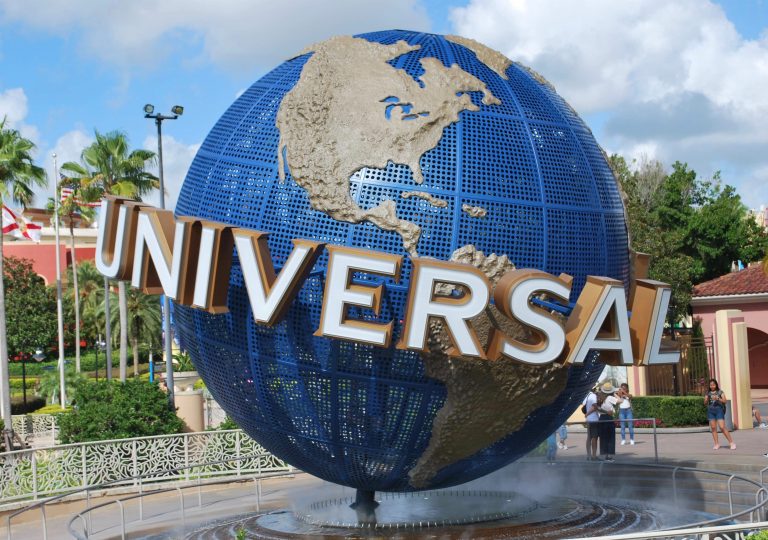Are Street Signs In America Accessible To All Language Speakers?
With many immigrants coming to America, this country has around 337 spoken languages. However, many speakers of different languages struggle traveling because most street signs are in English.

America: The Cradle Of Multiple Origins
In the middle of 2020, a record-high number of 50.6 million immigrants entered the United States. Immigrants make up approximately 15.3% of the population in the United States. With 6 million, 3 million, and 1 million immigrants, New York, Los Angeles, and Chicago were on the list of the largest metropolitan regions for immigrants in 2018.
Proportionally with a high number of immigrants, the immigrants’ origins were also vastly diverse, around 200 countries. In 2020, 100,325 people coming from Mexico immigrated to the US. With this high number, Mexico was at 1st rank on the list of top 10 countries for immigrants to the US. The 2nd, 3rd, 4th, and 5th places were India, China, Dominican Republic, and Vietnam.
With a significant and ongoing increase, the projected number of immigrants in America in 2050 is around 65 million. This large number of immigrants contributes to America a more diverse culture and a varied source of different spoken languages.
A Country With Multiple Spoken Languages

America will speak 337 different languages by 2022. America comes sixth among the top 10 nations with the most languages compared to other countries. Papua New Guinea comes in first on the list with 840 spoken languages.
While there are a lot of used languages, English and Spanish are the two primary spoken languages in America. In 2020, while the number of English speakers was 239 million, which accounted for 78.2% population, 40,537,337 Spanish speakers made up 13.4%. Additionally, Chinese, Tagalog, and Vietnamese were the languages with a large number of speakers, which were 1.1%, 0.6%, and 0.5%, respectively.
California had the highest percentage of residents who spoke a foreign language at home (45%) in 2018. New York also had a high proportion of people using foreign languages at home (31%). Spanish and Chinese were still the dominant foreign languages in these cities. In the future, the number of people using Asian languages might outnumber Spanish since the wave of immigrants from Asia is increasing and will surpass other origins.
To profoundly diversify the spoken languages, American schools, including K-12 and universities, also teach foreign languages in their curriculum. In American high schools, romance languages are most frequently taught, with Spanish accounting for 46% of all foreign language studies and French for 21%. Only three other languages worldwide comprise more than 5% of the secondary school curriculum: Chinese, German, and Latin.
In colleges and universities, there are more options. For example, New York University, one of the most diverse universities in America, teaches 27 languages from elementary to advanced levels. These 27 languages, including Arabic, Chinese (Mandarin), Farsi/Persian, Hindi, Japanese, Korean, Russian, Swahili, Turkish (Modern), and Urdu, are critical, according to the US Department of State.
The Lack Of Support For All Languages

Although there is a wide variety of spoken languages in America, not every language receives support from the community, especially the group of minority languages. One of the most illustrative examples is transportation. Since English is the leading used language, English-only signs are the majority. Moreover, on public transit, the announcement is communicated in English.
This situation has been a real challenge for people using other languages. Immigrants have different English proficiency levels. Of the 44.6 million immigrants aged five and older, almost 46% (20.7 million) were Limited English Proficient (LEP), which means they could speak English “not at all,” “not well,” or “well.” Of the 25.5 million LEP people in the country, immigrants made up 81%. In 2019, California had the highest LEP share (%) of the state population, 17.1%.
With many people having limited English skills, English-only street signs will substantially impact their daily traveling activities. The difficulty, confusion, time-consuming, or even dangerous situations can all be the consequences of street signs using only English. Designing a new way of displaying languages on street signs is essential for providing all language learners access to public service.





